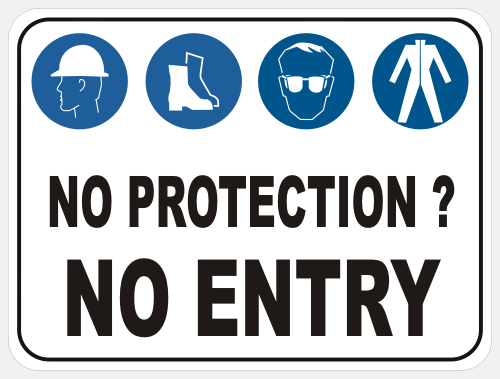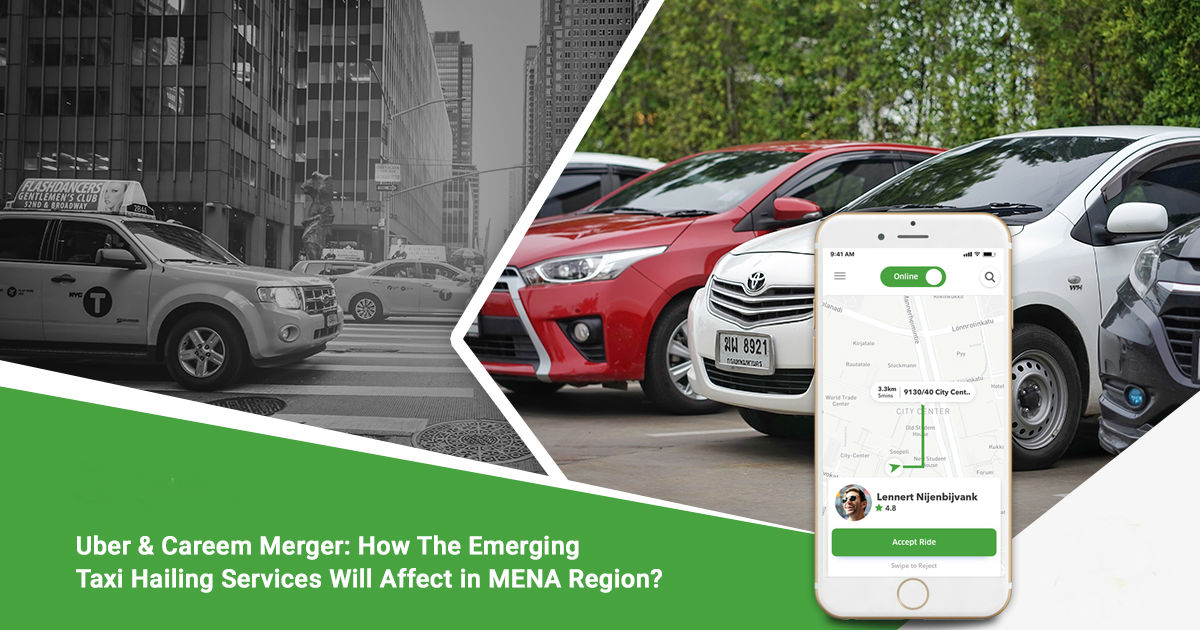A Vision towards Observability in Practice
It has gained a lot of attention recently.



At the start of September 2018, some cool guys also joined our team, they are fresh from University and they are really hungry to learn how to design and develop amazing web apps with SAPUI5.
That’s why I’ve started to collects internally on the web some links in order to create “The perfect journey to become a SAPUI5 Ninja Developer”.
I’ve also started to write down some exercise (from easy to hard) in order to test what they’ve learned but I will share those in a second blog post as soon I’ve finished them.
Hi everyone,
I'm Emanuele Ricci, a full-stack developer based in Lucca (a beautiful little city in Tuscany, Italy).
Since the last three years, I work full-time for Techedge Group, a big worldwide consultant company that is a partner with SAP. I usually work in projects related with SAPUI5, SCP, HANA and in my free time, I love to create content around the technology I use at work and in my personal projects outside SAP. Lately, I'm a little bit experimenting with Android after the release of SAP Fiori SDK for Android/iOS.
(article is published on linkedin.com (Alexander Panov) )

Beginning programmers always ask the question, where to start learning about creating websites? Search on the Internet gives a lot of various information, but unfortunately only more confuses novice developers. Having more than 5 years of teaching experience, I have seen many times how students, making breaks in computer games and deciding to become web developers, tried to customize development environments. They began to sort out the programs for layout. They grabbed Sublime Text, Notepad ++, Visual Studio Code, NetBeans or PHPStorm. We tried to install on our local computer WAMP (stands for Windows, Apache, MySQL and PHP) platforms, such as Denver, Xampp, Open Server and many others. But since there is no systematic knowledge in the head of a novice developer, there is no experience of customization, it was rare for some of them to set up a convenient development environment, and whoever got it, understood that it became more difficult to play, since many additional programs, smoothness in the game.
This article was born because of explaining for many years to each student how to do everything correctly and conveniently.
Once again I want to say that we will set up a working environment in the Windows system to study the creation of sites in HTML, CSS and their links to PHP. We will call this computer working, so that beginning web developers get used to the idea that their computer is their source of income.
Patent is a document of title to:
• the exclusive right to,
• authorship and
• priority of an —
— invention,
— utility model, or
— industrial design.
Invention, in its essence, is a technical solution expressed in the combination of essential features — that are sufficient for achieving the technical result.
Essential features are those affecting the achievability of the technical result — or, in other words, are in a cause-and-effect relation with the result.
Technical result is a trait of the technical effect, event, property, etc. that effectively appear in the exercise of the method, or in the production or use of the product, including in the use of the product produced directly by the method, of invention.
Patent claim defines the scope of protection of the patent, as it comprises the combination of essential features — that are sufficient for achieving the technical result.

ctrl+arrows to move between words, it is easier to press Esc, e and then go back to the i editing mode. Understandably, all this trouble because the author finds it inconvenient to hold ctrl.
TDE comes in many flavors — from encryption at the TAM level to full-cluster encryption and tablespace markers. We take a close look at Percona, Cybertec/EDB, Pangolin/Fujitsu, and show where you lose performance and reliability, and where you gain flexibility.
On top of that, Vasily Bernstein, Deputy head of product development, and Vladimir Abramov, senior security engineer, will share how Postgres Pro Enterprise implements key rotation without rewriting entire tables — and why AES-GCM was the clear choice.

How did engineers in the past manage to measure electrical power without modern microchips and DSPs? This article explores the Energomera CE6806P, a device created in 2006 for verifying electricity meters, yet built using 1980s-era technology.
We’ll take a closer look at its design, principles of operation, and how discrete-analog solutions were used to achieve high accuracy. The Energomera is a fascinating example of engineering and ingenuity, giving us a unique perspective on the evolution of electrical measurement devices.
Picture this: A thriving e-commerce platform faces a constant battle against fake reviews that skew product ratings and mislead customers. In response, the company employs cutting-edge algorithms to detect and prevent fraudulent activities. Solutions like these are crucial in the modern digital landscape, safeguarding businesses from financial losses and ensuring a seamless consumer experience.
The industry has relied on rules-based systems to detect fraud for decades. They remain a vital tool in scenarios where continuous collecting of a training sample is challenging, as retraining methods and metrics can be difficult. However, machine learning outperforms rules-based systems in detecting and identifying attacks when an ongoing training sample is available.
With advancements in machine learning, fraud detection systems have become more efficient, accurate, and adaptable. In this article, I will review several ML methods for preventing fraudulent activities and discuss their weaknesses and advantages.

PVS-Studio has a mascot that became inseparable from the brand - a unicorn. Lately we've been getting many questions about our magic steed: why the unicorn, why has he changed so much, does he have hooves, how come he doesn't wear pants, and how do we draw him. The answers are finally here, in this very article.
Attention: there will be a lot of pictures. And I mean A LOT.


Modern IDEs are very powerful tools that can help developers in all kinds of situations. Unfortunately, much of this power is often lost because many functions remain unknown to developers, hiding in the shadows.
Did you know that when you press F2 in IntelliJ IDEA, the cursor will jump to the nearest error in the file? And in the absence of an error – to the nearest warning? It seems that this is a secret only a few people know about.
Structural search and replace is one such pair of features. They can be extremely useful in situations where a whole variety of other functions can’t quite get the job done.
In this post, I will present some of these situations and go beyond artificial cases by demonstrating examples of real code from two projects:
In fact, it is this second project that encouraged me to write this post but I’m getting ahead of myself. First things first...
Developed by Ehsan Shaghaei
Innopolis University
AHURATUS Scientific Club.

AHURATUS Smart Home Voice Assistant is an IOT device developed in order to control other home devices by voice detection. Note: This device is made ONLY for academic purposes.
"AHURATUS Smart Home Voice Assistant" uses an ARM Cortex-M3 process for running the instructions as well as several peripheral devices in order to decrease the complexity of data bus and RF-Circuit calculations.



